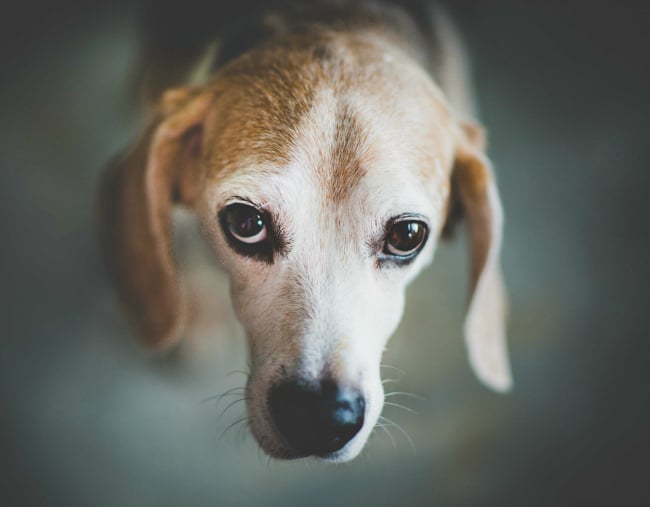
If you are experiencing threats or family violence in Australia, you can call or contact 1800 RESPECT (737 732) for help. Call 000 if you are in danger now.
The signs of deliberate injury to a pet are not hard to spot for an experienced veterinarian.
The severity of a dog’s injuries may contradict an owner’s description of it ‘falling off a couch’. X-rays might show old fractures that haven’t been properly treated. Sometimes injuries are sexual in nature.
Dr Elise Boller, a clinical veterinarian at the University of Melbourne’s U-Vet Hospital and Senior Lecturer in Emergency and Critical Care at the Melbourne Veterinary School, says her first steps in these cases are to stabilise the animal, thoroughly document her findings, including safe communications with the owner, and importantly, consider its context.
“You have to be aware that it’s sometimes a suspicion rather than something that’s been disclosed, but if there is non-accidental injury, there could be a serious situation at home that involves the safety of people, including children,” she says.
“In these situations, it’s important to look after the safety of the animal, the client and yourself. This can mean taking a person into a more private area and asking questions like, ‘Is there anything that worries you about taking your pet home?’ or providing an indirect method of query like a questionnaire.”

Top Comments
Yes it’s so true that pets are often victims of family violence. Also the risk factors for the development of animal cruelty are high in children who have experienced child abuse and family violence.